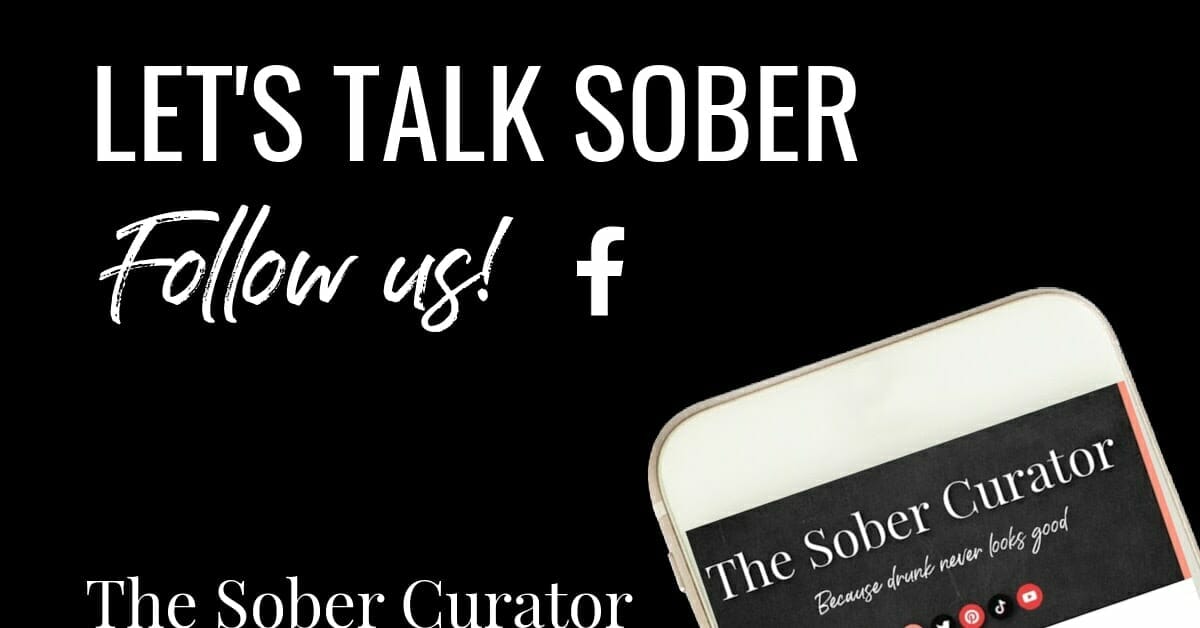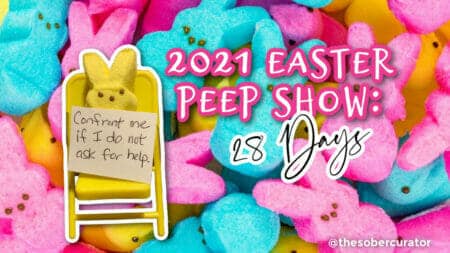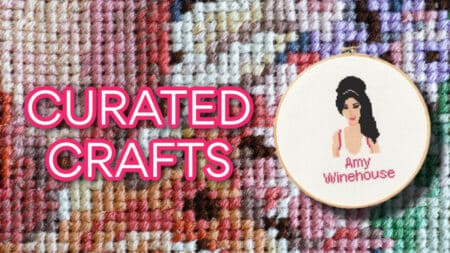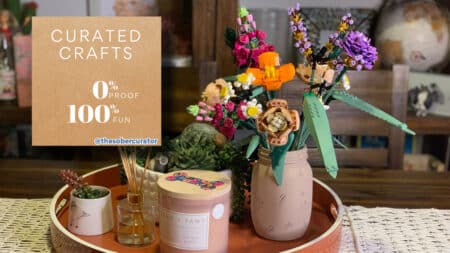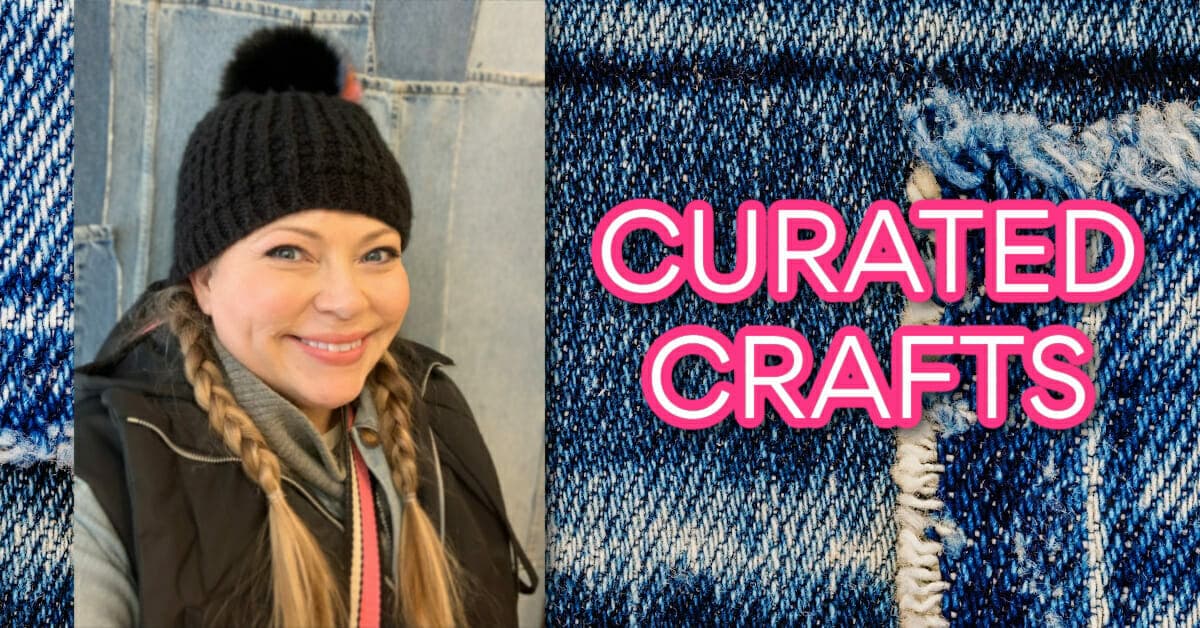
I am obsessed with all things denim. You can never own too much denim. Am I right? In fact, I dream of owning an oversized couch upholstered in denim or wallpapering entire walls with up-cycled denim. Currently, I have a denim duvet cover and pillows in my bedroom, and I own countless pairs of jeans, denim hats, denim bags, and jean jackets. The cover on my Big Book? Denim.
Both of my parents are incredibly skilled when it comes to crafting. My dad crochets and if you missed my post about the custom crochet tablecloth we worked on together, you can read about it here. As for my mom, well she is the master quilter of the family. Scrolling through Pinterest one fine day, I saw a patchwork quilt made out of up-cycled denim jeans and I knew that would be my next project. And by “my next project”, I really mean my mom’s next project. I never really learned how to sew, but I have mastered the art of asking my mom (and dad) to craft me things. Seems like a great mother-daughter activity, right? I’ll cut and she can sew. We’re the perfect crafting pair!
First things first
The first goal was to cut up enough pairs of jeans to create an oversized lap blanket. I also knew I wanted it to have color variations of denim blues and creams. Probably, I could have sacrificed more of my own jeans that haven’t fit in awhile and saved myself some money. But I’m holding out hope that those jeans will one day be able to pull up over my hips again or be able to zip up without laying down. So, I bustled my way down to the local Goodwill and scored several pairs of jeans in variated colors and textures for under $30.
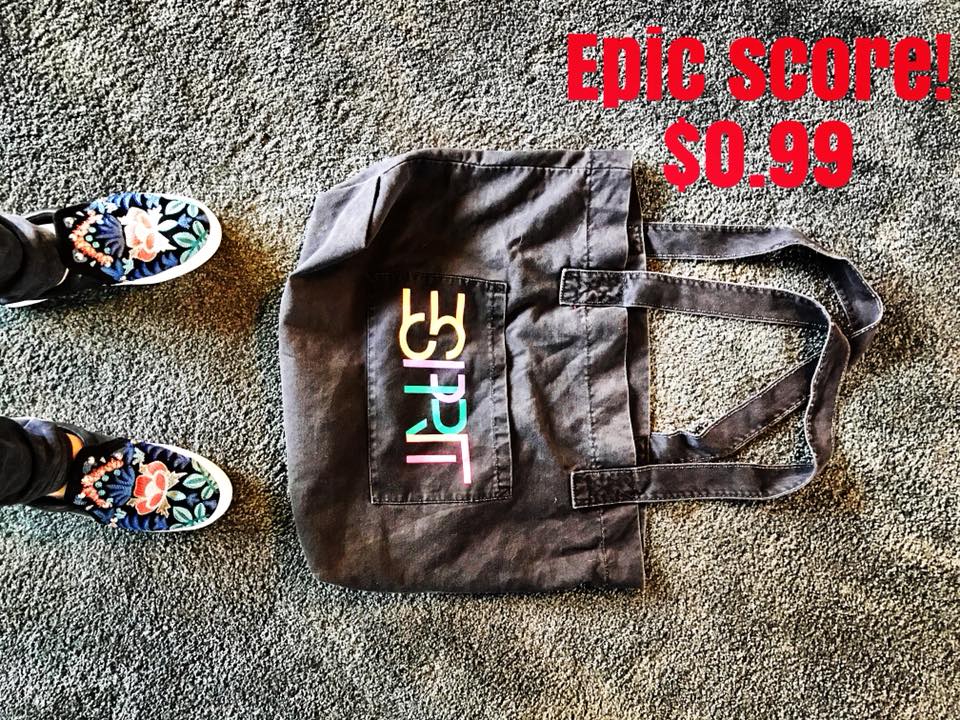
Pleased with my purchases, including scoring a vintage Esprit tote bag for $0.99, I headed back home and eagerly asked my mom what the next step was. Patiently, she explained I would need to cut up all of the jeans into 4.5″ x 4.5″ blocks. I went to work using my mom’s fancy cutting table with measuring board and fabric cutter that kinda looked like a pizza cutter. This is when I learned not all denim was created equal. Some pairs of jeans were much easier to cut than others. Crafting can be hard work sometimes. Good thing I’ve got so much energy, since I don’t spend my days hungover anymore.
One to two hours later, I was done playing Edward Scissorhands and found myself surrounded by tall, stacks of denim squares in all directions. “Now what happens?” I asked my mom. She explained my next step was to create the pattern I wanted with the blocks. “My pattern is to not have a pattern.”
Rolling her eyes, she explained I still needed to make decisions on how the blocks get laid out before she goes to sew them together. “You have to make a plan, Alysse.” My mom then had me pull out her large felt, quilt board that holds fabric as if it were magnetized. She explained I needed to carefully lay out where I want each block to go and to take breaks, step back to see the big picture, and review my progress. “Keep an open mind and allow yourself to make changes ” she stated simply.
Turns out, making a denim quilt is a lot like being in long-term recovery from drugs and alcohol. You need to have a general plan. You need to keep an open mind. And you need to be able to allow yourself to step back, view the big picture, change your mind, or pivot when things don’t go the way you think they should.
I noticed while cutting the blocks, some pairs were very smooth and worn in, while other pairs were stiff and rough. I compared the textures of these fabrics to the feelings I now have due to living a sober lifestyle. So many feelings…all of the time. Even my feelings have feelings. I’m getting better at managing them, but prior to getting sober, I only wanted to have two feelings ever. Feeling great or not feeling at all. And although I did (and do still have) a flair for the dramatic, I wasn’t really a crier before getting sober. Literally anything and everything makes me cry now.
Sometimes having emotions still feels rough and not very bendy, similar to some of the denim blocks that just aren’t worn in enough yet. With time, I trust they’ll soften. Feelings make me uncomfortable. Creating a denim blanket to curl up into when I feel uncomfortable feelings seems like the perfect pairing to me. Plus, I own two Boston Terriers, which means we can’t have nice things. Everything is constantly covered in dog hair and drool. Fingers crossed, this denim blanket should hold up to their wear and tear.
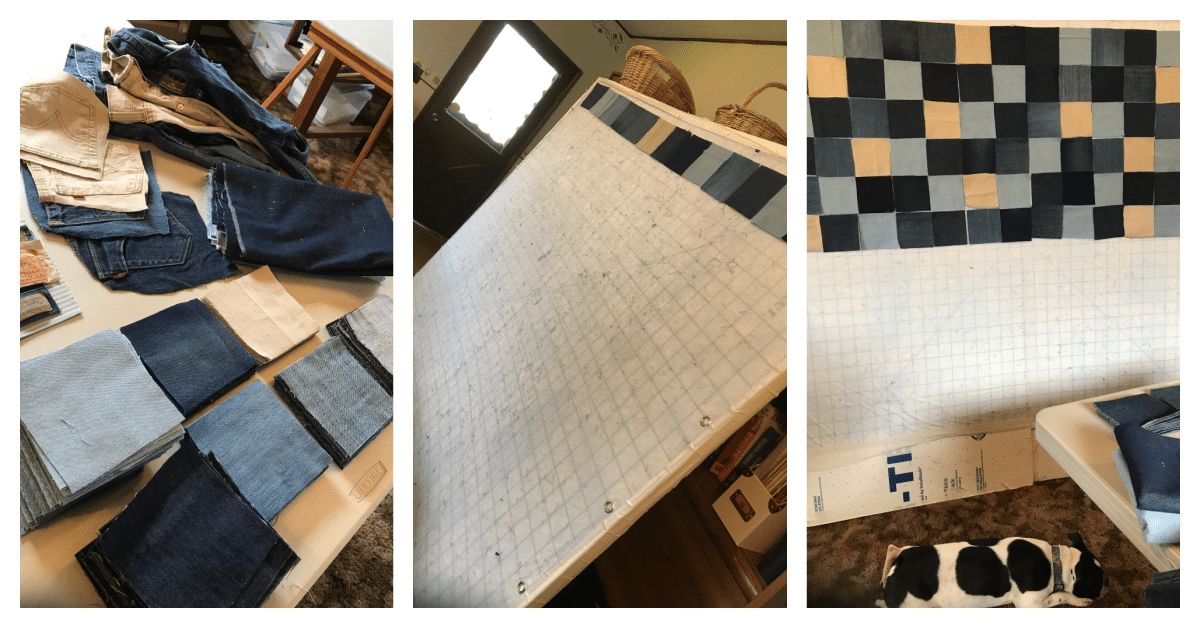
As I stepped back to admire my block placement, I kept thinking over my moms choice of words. “Keep an open mind and allow yourself to make changes.” This statement could be one of my recovery mantras. I can’t tell you how many things I’ve done over the years to work on myself and my recovery. From being an active member of a 12 step program, having a sponsor, being a sponsor, group therapy, art therapy, hypnotherapy, life coach, and more self-help books that I can count. Attending church, countless hours of service work, working out, yoga, and learning to pray and meditate daily. I’ve tried and done it all and really the only way I was able to get through some of that stuff, especially the stuff I didn’t think I’d like, was keeping an open mind and letting myself change things up.
Once the pattern, that wasn’t really a pattern, was established, it was go time. My mom started sewing the blocks together and I ran out to the fabric store to get a soft cream flannel fabric for the backside. She even recommended using some of the pockets off of the up-cycled jeans and placing them in strategic places on the blanket. My mom is SO CLEVER! EVERYTHING IS BETTER WITH POCKETS! This blanket has enough pockets to hold the remote, some snacks, and my iPhone.
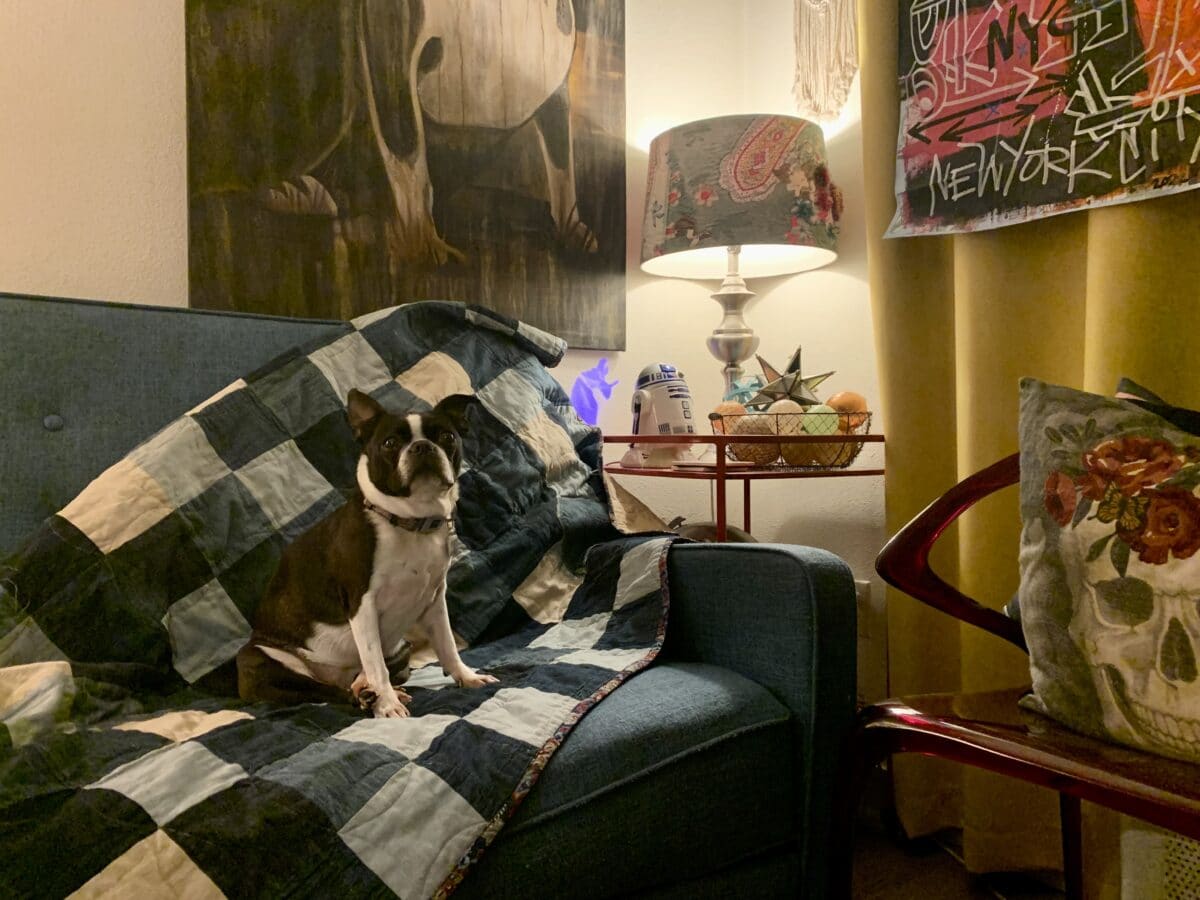
I love my denim quilted blanket. It just keeps getting better and better with time (and frequent washings thanks to the drool.) I love that my mom and I worked on this together. It’s also heavy AF, so it’s basically the equivalent of a weighted blanket. I didn’t plan it that way but it sure comes in handy for naps. Give me 10 minutes with this blanket and I’m out like a light! And the pockets! The pockets are an epic addition. Did I mention that my mom is so clever? Sometimes, I’ll even hide dog bones in the pockets and see how long it takes my furry friends to find them.
To close, if you find yourself with stacks of denim that are no longer being worn, up-cycle them into a quilt or drop them off at your local thrift store in case someone else can use them. You’ll be happy you did! (and let’s all do our part to keep clothing out of landfills, ok?) The real life lessen in this project was the reminder that when you are too close to something, to step back and take a look from a different angle. Sometimes just a simple change in our perception can really change everything.
“When you change the way you look at things, the things you look at change.”
Dr. Wayne Dyer
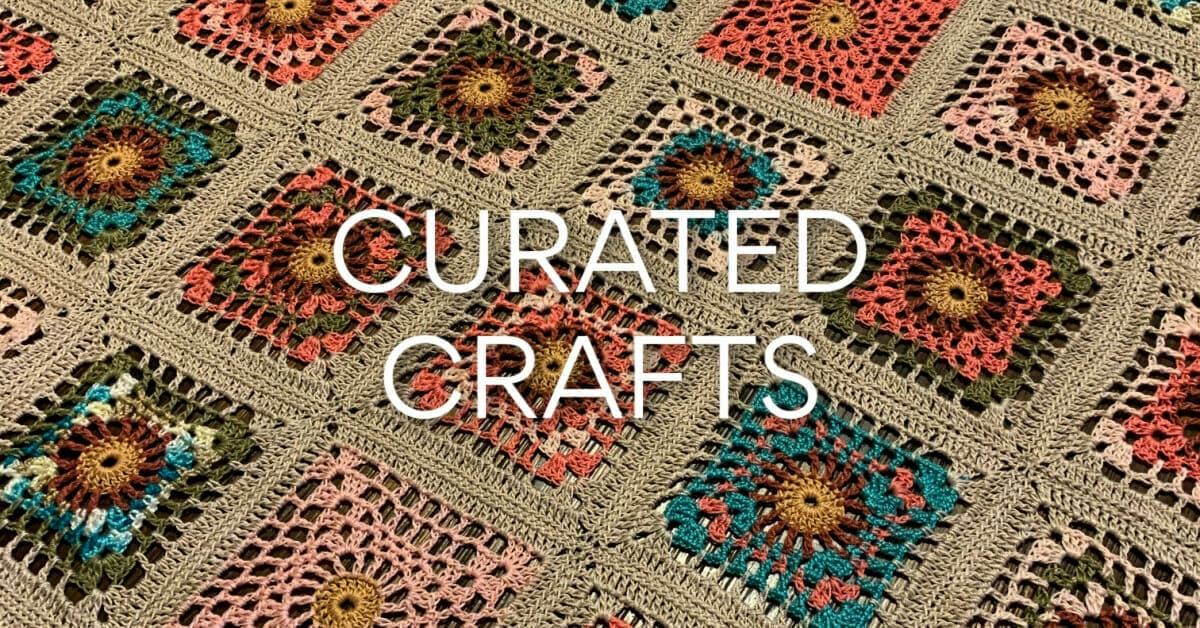
CURATED CRAFTS : The Art of Crochet – The Story of a Handmade Crocheted Tablecloth
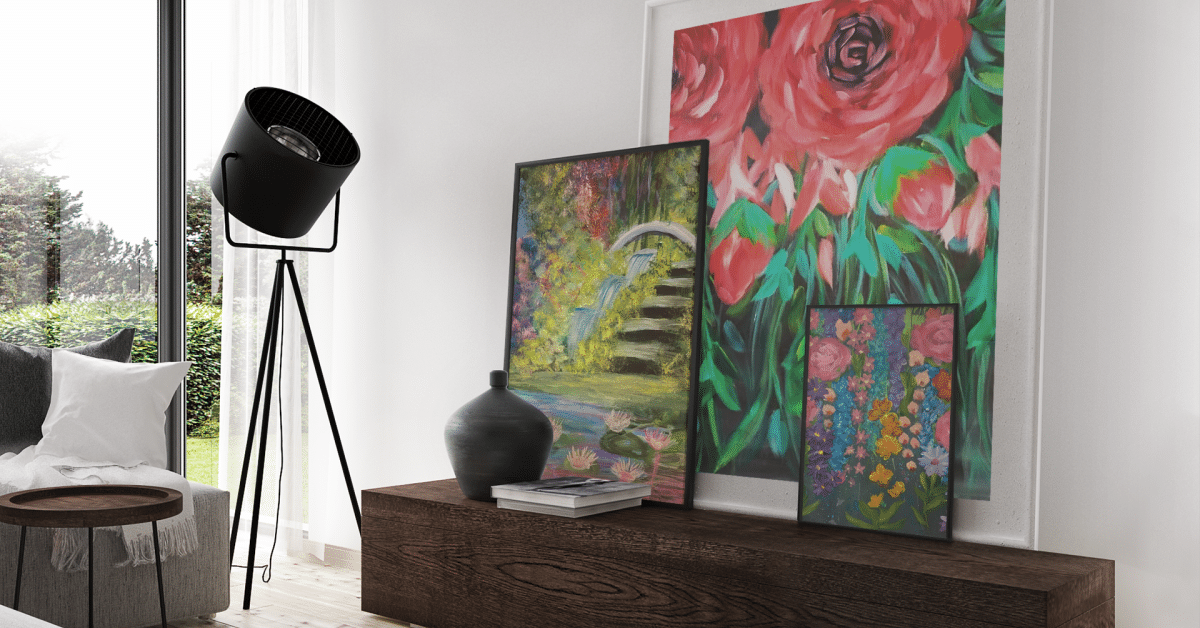
CURATED CRAFTS: Progress, Not Perfection In Art Form – Learning How To Paint During Covid By Sober Curator Ashley Sunderland
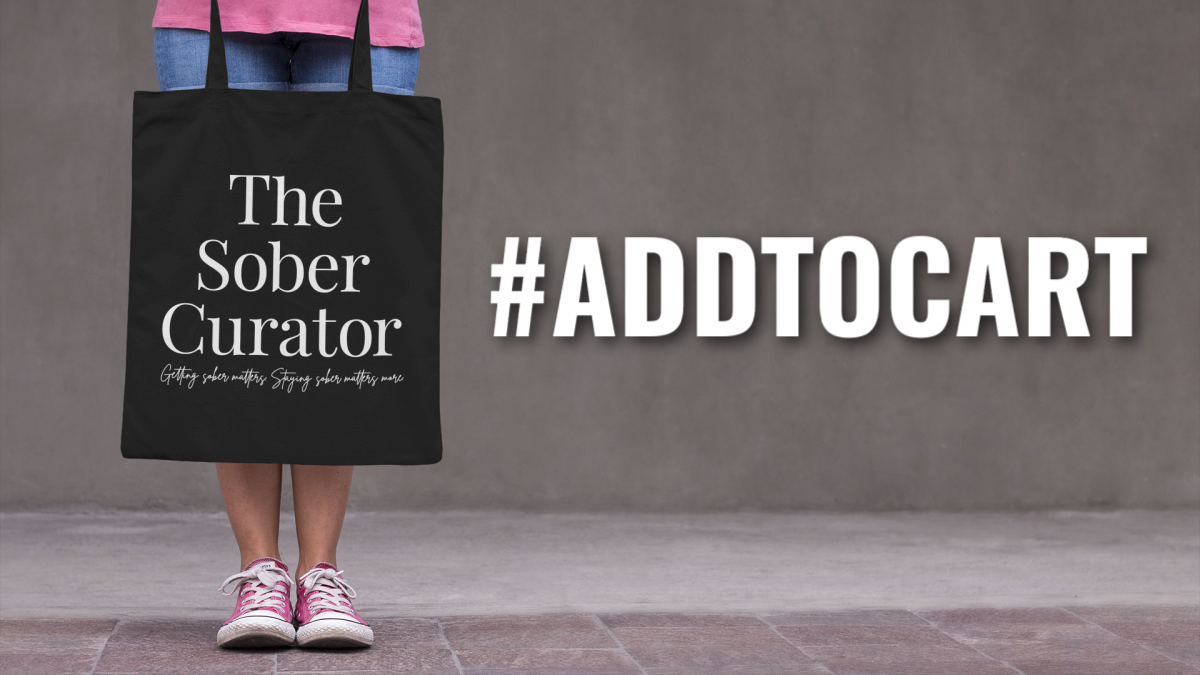
Resources Are Available
If you or someone you know is experiencing difficulties surrounding alcoholism, addiction, or mental illness, please reach out and ask for help. People everywhere can and want to help; you just have to know where to look. And continue to look until you find what works for you. Click here for a list of regional and national resources.
Resources are available
Resources Are Available
If you or someone you know is experiencing difficulties surrounding alcoholism, addiction, or mental illness, please reach out and ask for help. People everywhere can and want to help; you just have to know where to look. And continue to look until you find what works for you. Click here for a list of regional and national resources.
